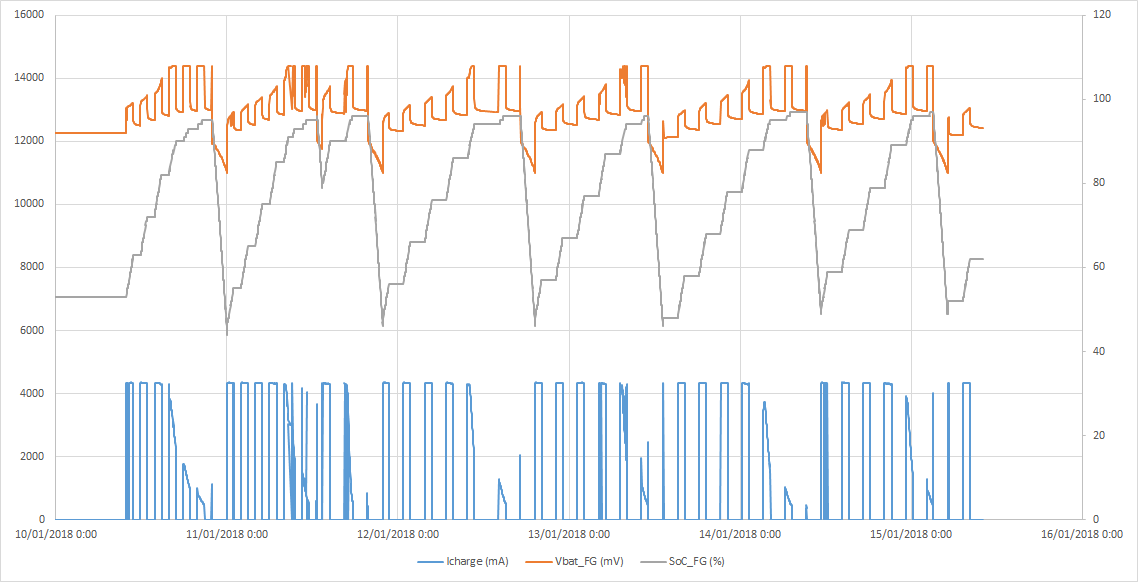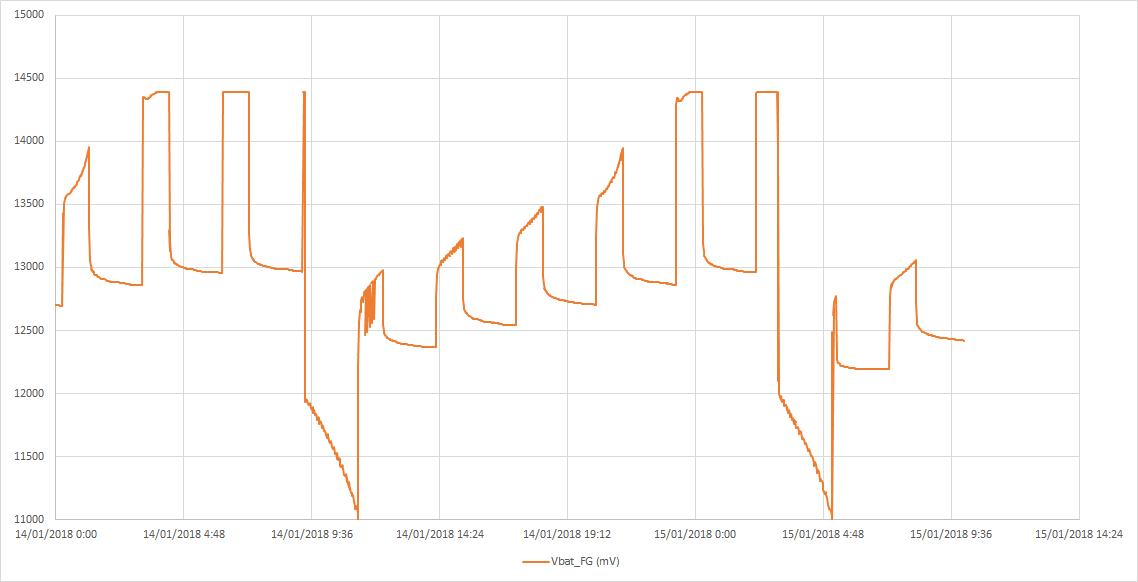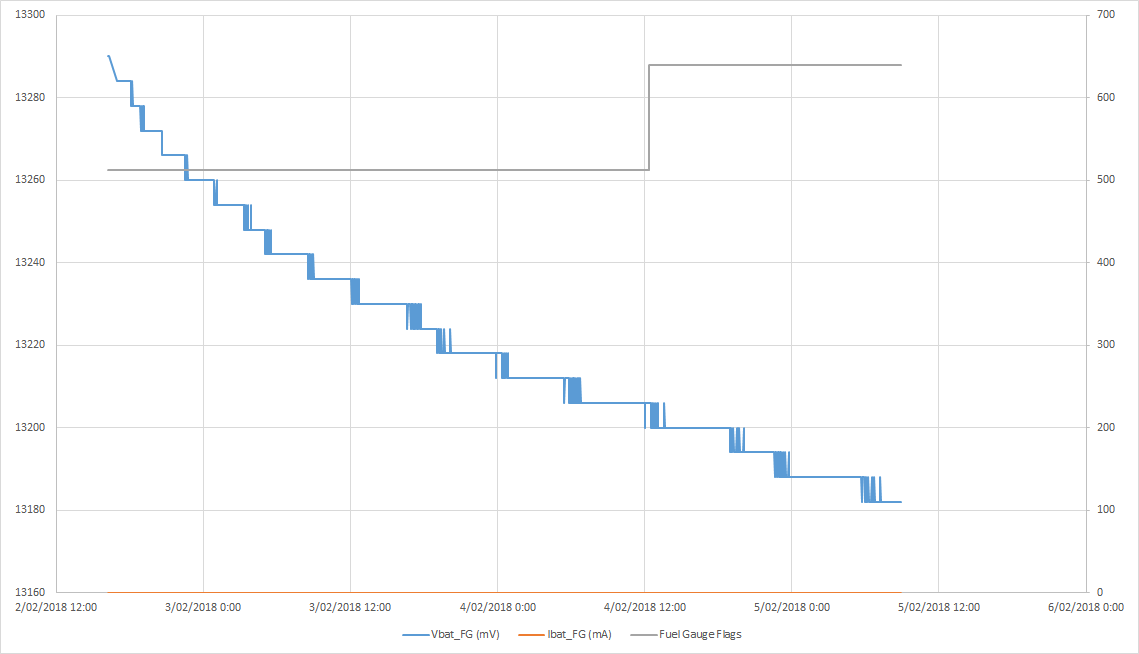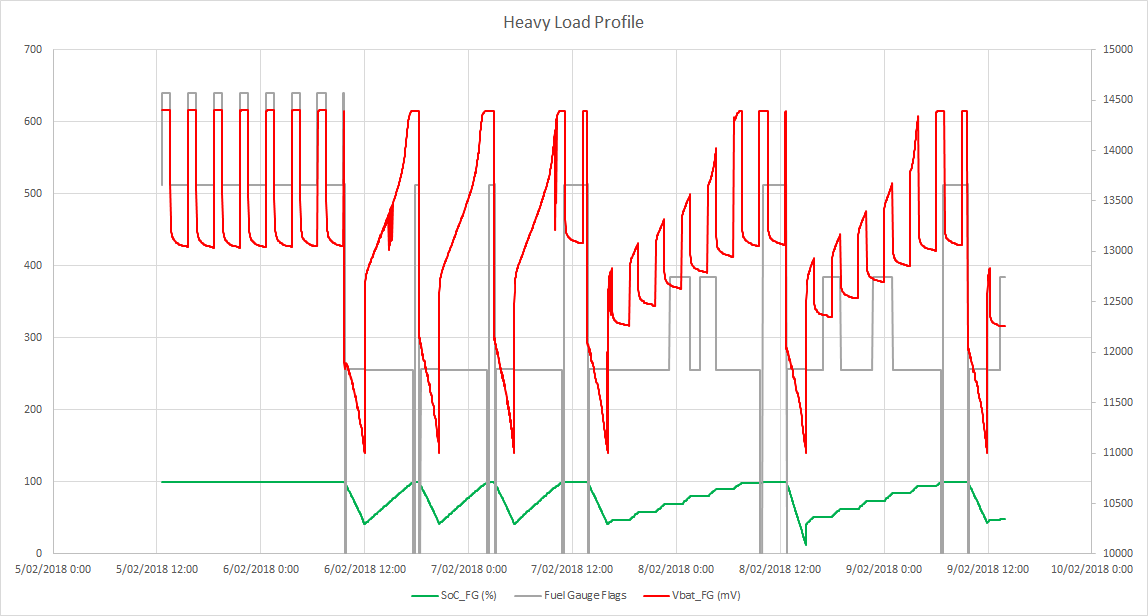Other Parts Discussed in Thread: BQ40Z50, BQ40Z50-R2,
I was looking at a 2015 seminar about the impedance track algorithm.
One of the topics is "no relaxation applications", however the speaker ran out of time and skipped the relevant slides. I was unable to find the slides online. Only the 2017 versions are online and they do not contain any information about this topic as far as I can tell.
Are these slides available somewhere or could someone explain to me if it is at all possible to determine SOH without relaxation times?







